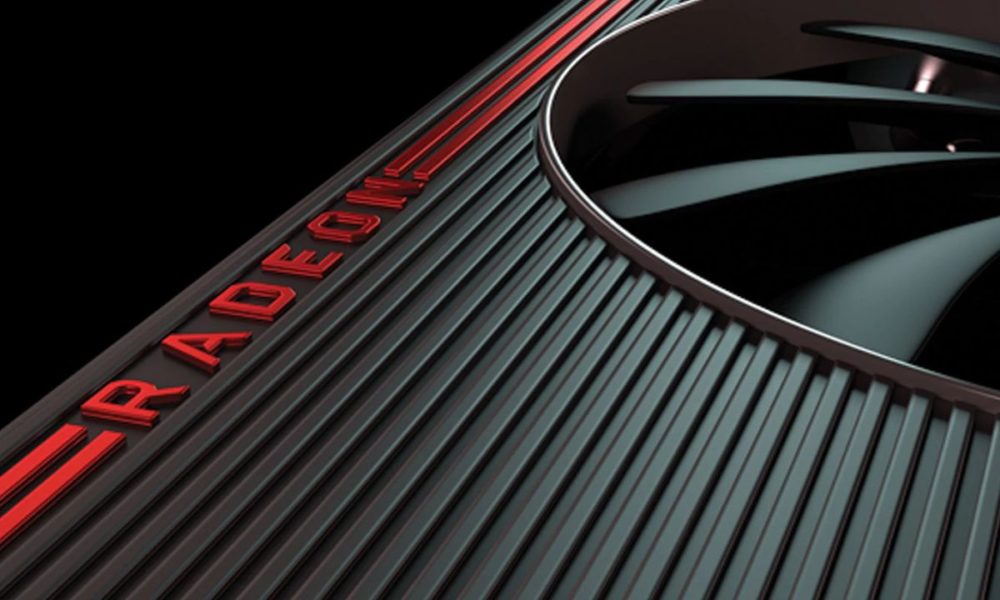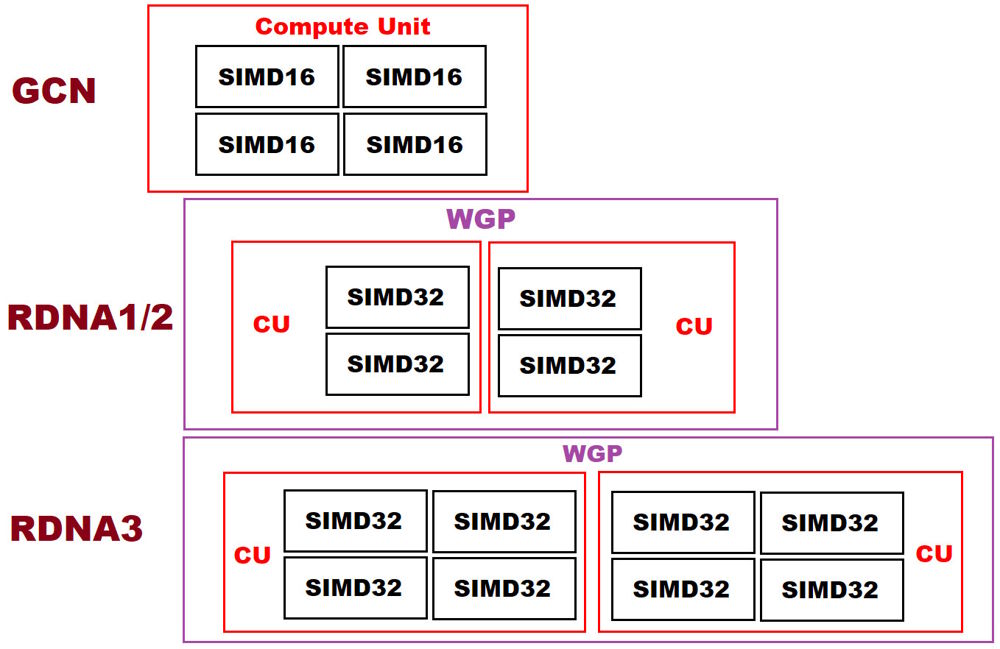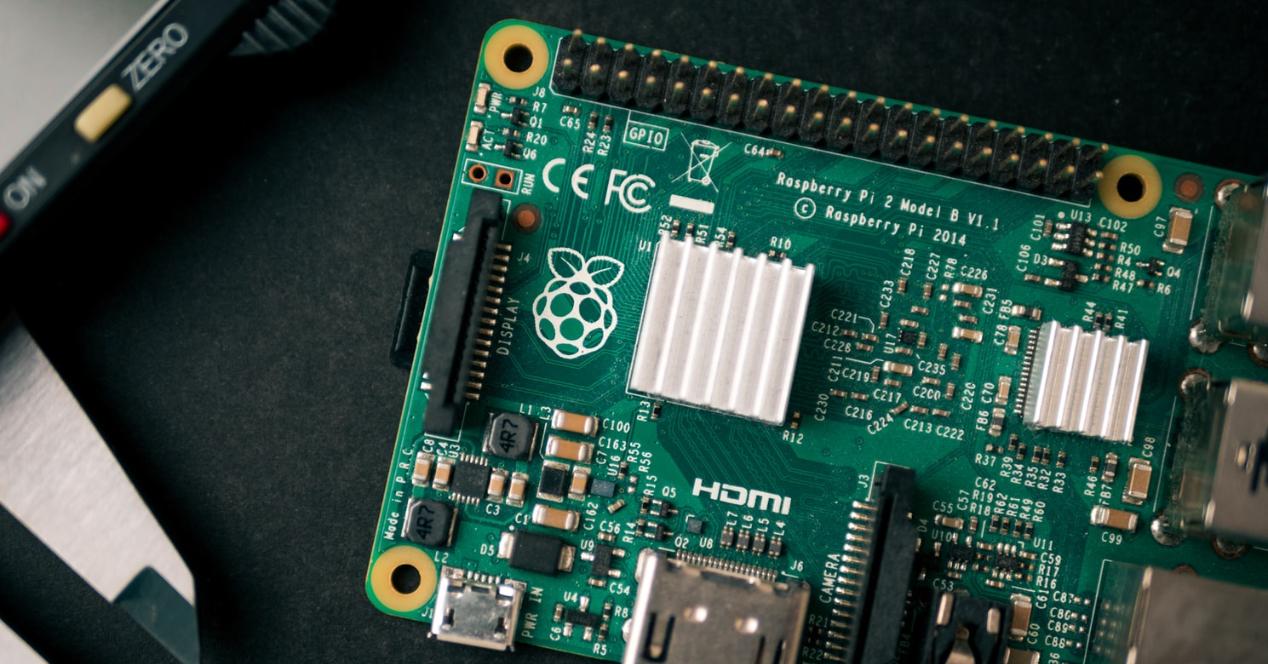
The great improvement experienced by the drivers of AMD Radeon for Linux In recent years, it has turned the media kernel into a complete informer about the company’s next movements. Being more concrete, what Linux has revealed is that RDNA3 (RX7000) could double the IPC of current RDNA 2 based graphics cards (RX 6000).
As Kepler has leaked, a user of TwitterAMD could be revising its Work Group Processor (WGP) in the RDNA 3 architecture to move to four SIMD32 modules (which allow processing 32 threads at a time) for each Unit of Computing (UC) compared to the two used by RNDA1 and RNDA2. This detail has been known through the Linux kernel and its free software nature, which obviously offers a lot of transparency.
AMD introduced WGP in the first generation of RDNA (RX 5000). Until now, the WGP has consisted of two UCs which in turn have two SIMD32 each. For the second generation the scheme was repeated, but for the third this core could be doubled to introduce four SIMD32 in each of the two UC. The original approach around WGP allowed AMD to execute an instruction in a single cycle, whereas the older GCN architecture required four clock cycles to complete an instruction. That detail has been one of the reasons why GCN graphics have been less efficient than their equivalent NVIDIA models.
Returning to the subject that concerns us in this post, the possible improvement that RDNA 3 would introduce should theoretically allow you to execute an instruction in half a clock cycle compared to RDNA 1 and RNDA 2, thereby doubling the number of Instructions per Clock Cycle (IPC). All this would open the door to an improvement that would have to be very noticeable in the future generation of Radeon graphics.
As we can see, this data makes the future RX 7000 graphics something very promising, but it is always good to take this data with caution, since it would not be the first time that a promising technology ends up being halfway done or is directly a fiasco. However, AMD will have no choice but to improve at all costs if it wants to keep Radeon in the limelight, especially seeing that, apart from being unable to catch up with NVIDIA, it has Intel’s dedicated graphics showing up the rear view mirror
Will RDNA 3 be the push that AMD needs in graphics to start to come back (or at least not finish falling off against its rivals)? Surely in the following weeks we will know more details.




